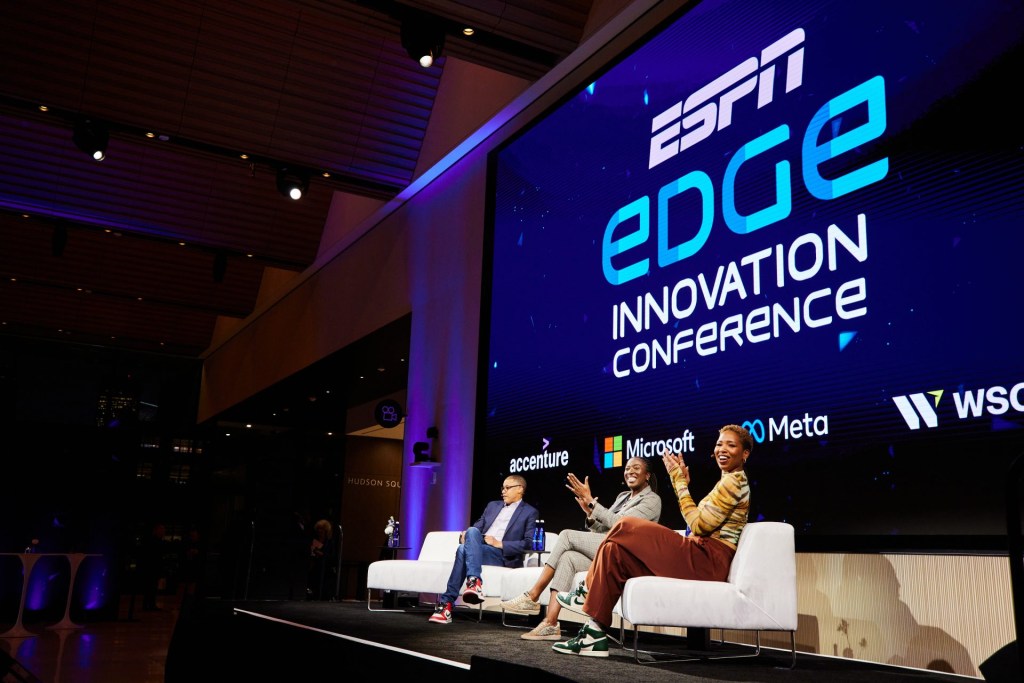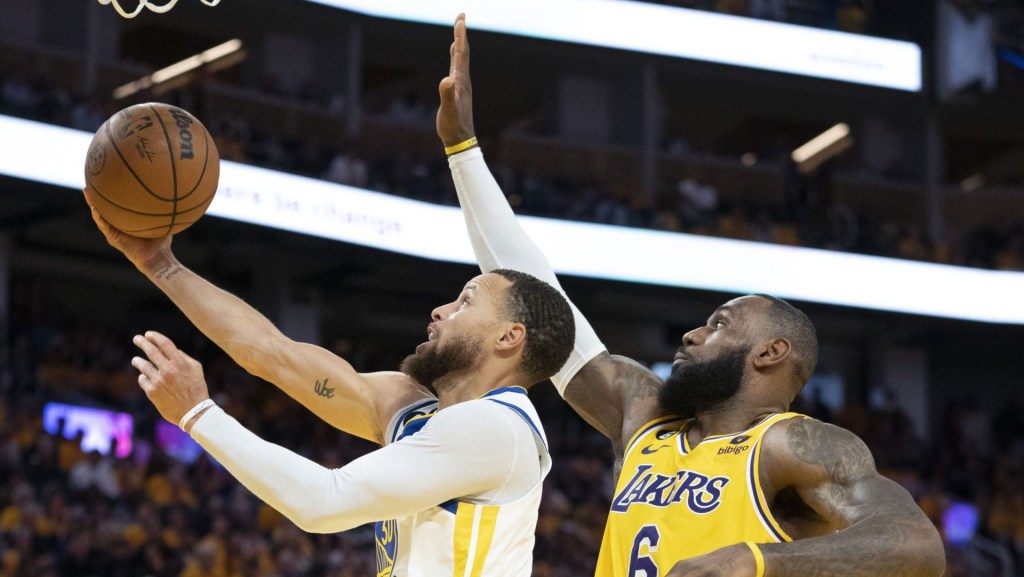By: Trace Welch, @twelch88
There is no greater connection that a fan has then being a part of the live presentation of competition. Attending a favorite team’s game should invoke so many sensory feelings that create life long memories, such as the roar of thousands of other strangers who delight in the same cause that you do, the components that make up your favorite team’s stadiums, which seem like an almost mythical place when watching on television, and the satisfied and proud feelings that exalt an attendee when their team is achieving success. The ultimate fan experience should be attending the live sporting event of the team that they support. This experience should be unmatched by all other experiences as the fan is a “participant” in the event and the environment.
Competition was created as a form of entertainment. This competition is thrived by attracting supporters to the live event that was taking place. This relationship between competitors and attendees dates back to early history when such events such as gladiator battles and early Olympic Games organized by the Greeks would bring spectators out in droves. During these early days of competition, there was no alternative to viewing the event live and in person, so there were no worries or distractions that would deter supporters from attending the competitions. As modern technology has developed, there are alternatives to attending the live sporting event. The first alternative was the recap that one could read about in the newspapers, the next alternative was the radio which would broadcast a summary or play by play of the sporting event, and then the “game completely changed” with the invention of the television, allowing spectators to view the event from the comfort of home, with friends at a social gathering, or with a large group of people at a local establishment or bar. The rapid advances in technology as well as other factors that I am going to outline have severely affected attendance in North American Sports in the last decade, most notably in the last three to four years.
College sports have long been an integral part of the college experience. Attending games and supporting your school was considered a tradition and rite of passage that every 18–23 year old would take part in during their college career. Colleges never worried about attracting students to sporting events as these events were considered social gatherings and were much more than being interested in the team and their success. Recently however, many colleges are starting to realize that they must compete with other forms of media and entertainment for their spectators. A large majority of the attendance problems have to do with the student tickets that are being sold, as less tickets are being sold and even when they are sold a large majority of students are not showing up to claim their seats. At schools such as Michigan, Arizona, and Oklahoma it is estimated that between 20–25% of students that purchase tickets do not show up to the game to claim their seats.[1]
I believe that there are numerous reasons for this including the quality of presentation that can be offered through a television broadcast, the lack of Wi-Fi capability inside of stadiums, the constant breaks in action that are perpetrated by TV timeouts influenced by money made from advertisements, as well as the ability to have an equally rewarding experience with friends watching at a house or bar free from sometimes less than ideal climates. All of these factors are having a sincere and deep impact on the potential future ticket holders and supporters of these college programs. College athletic departments are scared that if students do not truly take part in and understand the complete experience of attending a live event, then those students will not feel as deep of a connection to the team or program. This disconnection could potentially negatively affect donations from students who are future alumni. I believe that with a few steps this problem could be improved upon.
Although I don’t think this trend could be completely reversed when it comes to college sporting events, I think there could be a few steps taken that could improve the situation. The first step would be to improve the Wi-Fi and technology capability inside of stadiums. Let’s face it, this generation young adults and teenagers are “plugged in” to technology for a good portion of their day. This is a fact that must be accepted and accommodated even at a sporting event. When there are prolonged breaks in the action, attendees will most likely refer to their technology for many different reasons, to respond to others, for entertainment purposes, and to stay in touch with social media and news surrounding them. If stadiums would allow for a more adaptable environment, then it would promote an overall more satisfying experience. Another step that would be a suitable change would be to address the constant breaks in action. These breaks are usually in order to promote commercial breaks which bring in revenue for the broadcaster, as it is unlikely that broadcasters would agree to a deal that would lower the revenue they bring in by eliminating some breaks I think that more in game entertainment should be planned that would increase fan engagement and keep the environment lively and fun.
The overall goal is to increase the satisfaction that an attendee has with the viewing experience, as the best advertisement is word of mouth advertising. If a student relays to their friend how much fun they had attending an event, then it is more likely that the friend will also attend the event. This is why it is necessary for athletic departments to realize there are many more components to the viewing experience than simply watching the competition, and these departments must implement changes that will satisfy the viewer experience. Next week I will visit the attendance problems that some professional franchises are facing and what steps these organizations have taken to improve their situation.
















